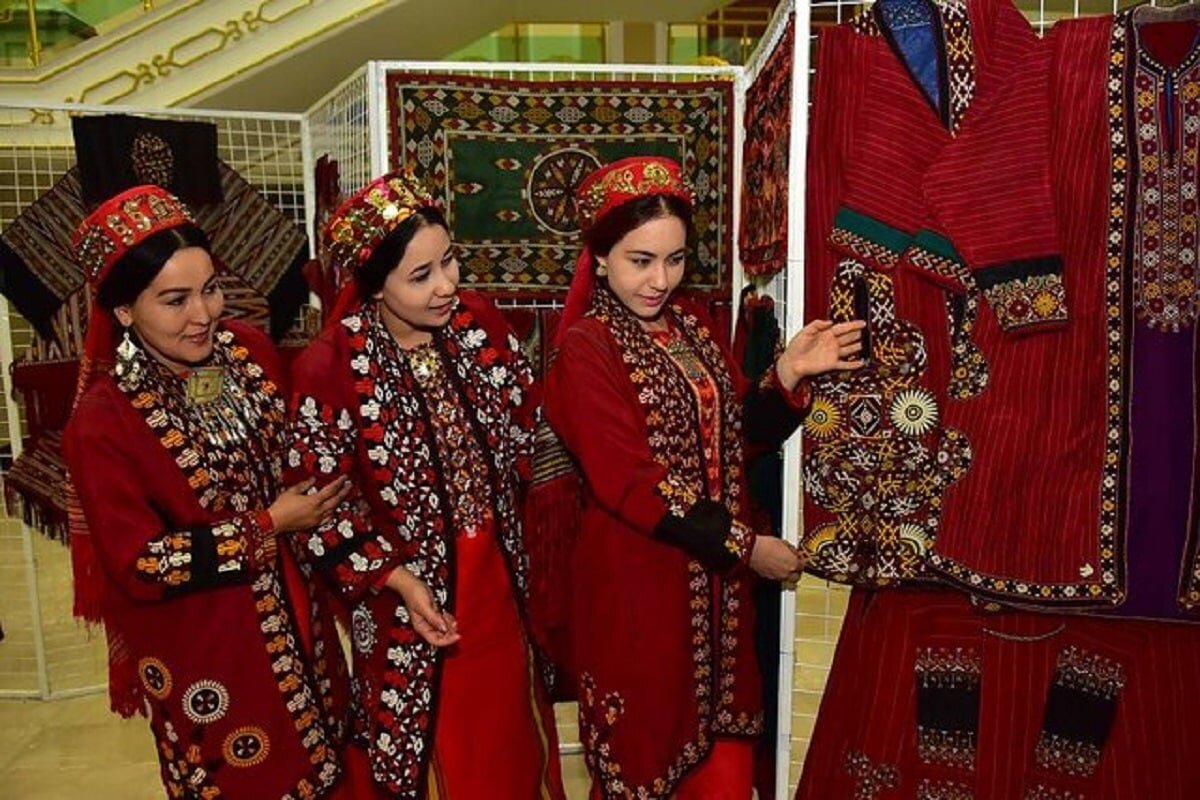UNESCO-listed needlework prosperous in northern Iran

TEHRAN—The skill of Turkmen-style needlework, which has been passed down from generation to generation for centuries, is still practiced by hundreds of craftspeople in Golestan province, northern Iran.
Based on data provided by Golestan’s tourism directorate, some 3,500 crafters are practicing the art only in the city of Gonbad-e Kavus and its neighboring villages, CHTN quoted a local tourism official as saying on Tuesday.
A cradle for that style of needlecraft, Golestan regularly holds workshops aimed to help promote and preserve the ancient arts. For instance, Gonbad-e Kavus held a special workshop for Turkmen-style needlework on Sep. 19 and 20, Maryam Hajiebrahimi said.
Talking about handicraft exports from the province, Hajiebrahimi noted some $11,000 worth of needlework was exported to foreign countries via suitcase trade (allowed for customs-free and tax-free transfer).
Inscribed on the Representative List of the Intangible Cultural Heritage of Humanity jointly for Iran and Turkmenistan, the decorative art is applied to decorate textiles. It is a very common occupation among females to create delicate stitches using a needle and colorful yarns.
In both countries, Turkmen-style needlework begins with the preparation of thin silk threads that are intertwined in three layers and twisted into a single thread, then straightened with a large needle.
According to UNESCO, this unique technology gives the thread a shine. For the most common needlework style, a series of loops is created by piercing the fabric with a thin needle and holding the previous loop with the thumb of the other hand. Other needlework styles vary according to the region.
There is no age limit, and young girls traditionally learn needlework from their mothers and grandmothers. In rural areas, the patterns used reveal the territorial identity of the needlewomen. They are also used to symbolize love, friendship, nature, and strength. The needlework is used on wedding clothes, in clothing for funerals and cultural events, and as decorative parts of ordinary clothing, such as scarves, coats, pants, shawls, and accessories.
AFM
Leave a Comment